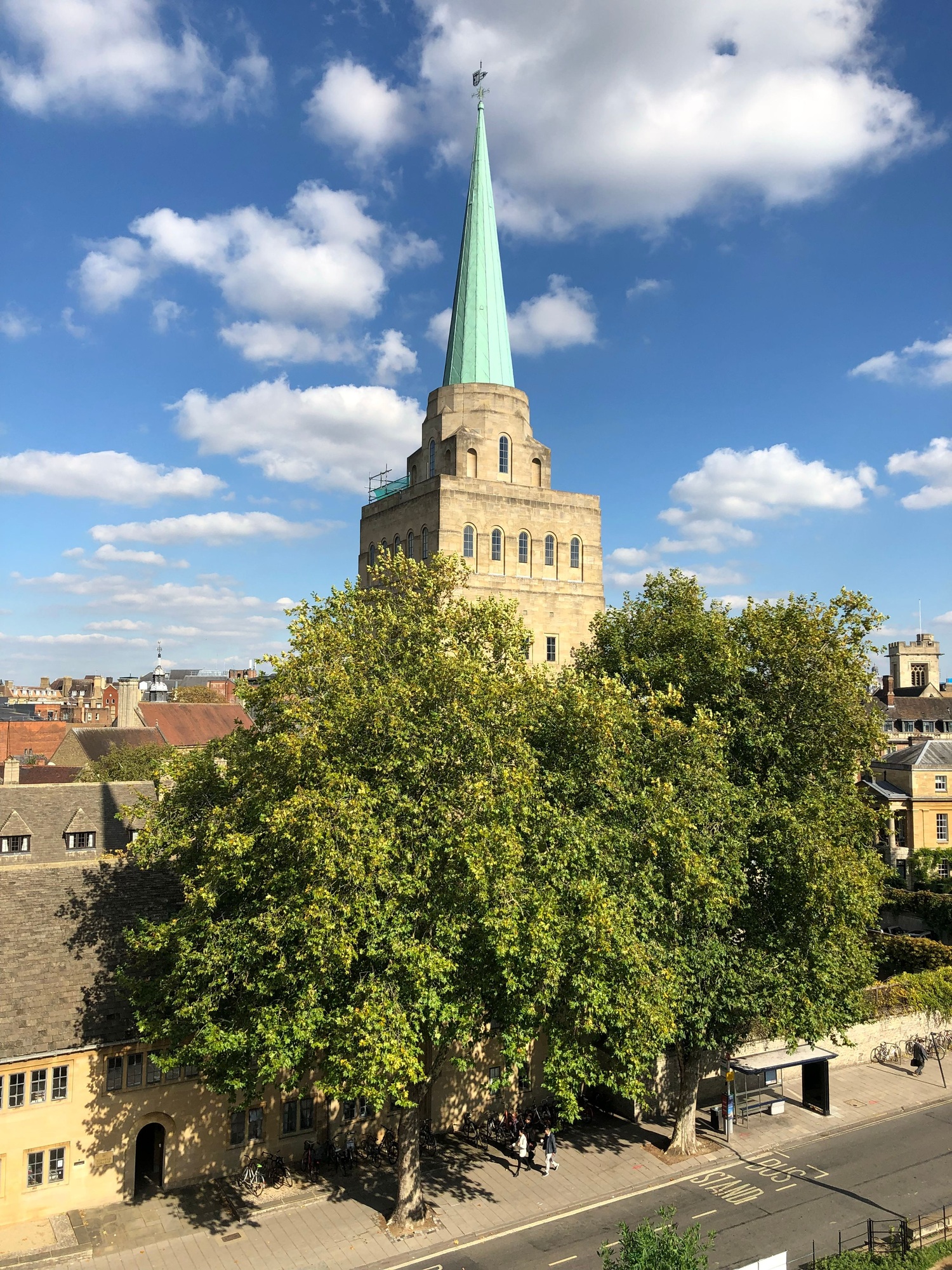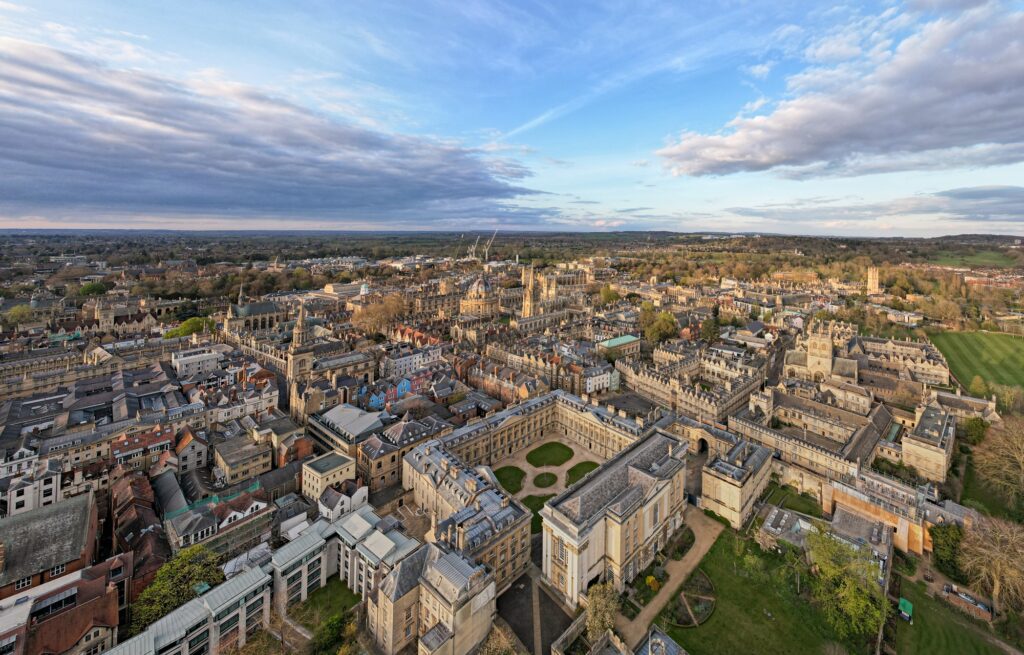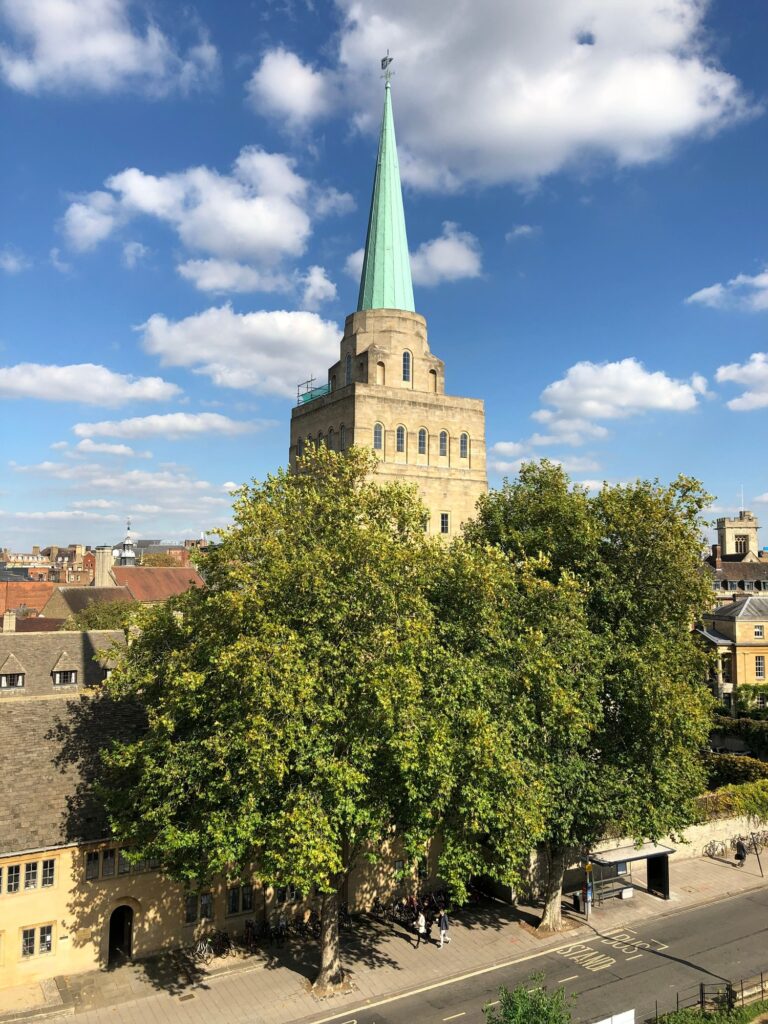India
A vibrant blend of tradition and innovation, India houses over 950 universities and 45,000 colleges, making it the world’s second-largest higher education system. Internationally recognized institutions like the IITs, IIMs, IISc, AIIMS, BITS, and ISB offer top-tier programs at far more affordable costs than Western alternatives.
Why Study in India?
World‑class, globally accredited institutions
Top-tier Indian universities—such as IITs, IIMs, IISc, and others—enjoy strong international reputation, rigorous academic standards, and prestigious accreditation (e.g., IIM Calcutta holds AACSB, EQUIS, and AMBA accreditation)
Affordable tuition and living expenses
Compared to Western countries, India offers significantly lower costs: tuition may run up to 70 % cheaper, with living expenses in safe, shared accommodations being a fraction of those in the US, UK, or Australia.
English‑medium instruction
Most higher education programs in India are taught in English, from technical to social science fields—eliminating language barriers, even for students without prior English education .
Rich cultural immersion & diversity
With over 2,000 languages and numerous religions, Indian campuses are multicultural hubs. International students engage in vibrant festivals, food, and student life alongside peers from across the globe.

Requirements to Study in India for Nepalese Students
For Nepali students who are planning to study in the Inida, it is important to meet certain criteria before you begin your journey. This includes submitting various documents, having specific academic qualifications, and obtaining a visa. To make this process easier for you, we have outlined the requirements necessary for pursuing studies in the India:
Educational Qualifications
Completion of class 12 (NEB or equivalent), recognized by the Association of Indian Universities
Language Proficiency
Strong English skills are recommended; TOEFL/IELTS if previous education wasn’t in English .
Entrance Exams (as applicable)
NEET for medicine, JEE Advanced for IITs, SAT for DASA/NRI quotas, or university-specific exams
Valid Student Visa
Apply for an Indian student visa, typically through the nearest Indian embassy or consulate.
Scholarships to Study in India for Nepalese Students
International students aiming to study in India can benefit from a wide range of scholarship opportunities. These scholarships are offered by the Government of India, individual universities, and educational foundations. Depending on the specific scholarship program, the support may include tuition fee waivers, monthly living stipends, or full financial coverage including accommodation and travel.
To help you understand the options available, here’s a summary of popular scholarships for Nepali students, including their name, value, and eligibility criteria:
|
Scholarship
|
Amount
|
Eligibility
|
|---|---|---|
|
COMPEX
|
Full tuition fee + Monthly Stipend
|
Class 12 passed with minimum 60%
|
|
Atal Bihari Vajpayee Scholarship
|
Full tuition coverage
|
Class 12 passed
|
|
Silver Jubilee Scholarship
|
Full tuition + Monthly stipend
|
Bachelor’s or Master’s completed
|
|
AYUSH Scholarship
|
Full tuition + Monthly stipend
|
Class 12 Science
|
|
Homi Bhabha Scholarship
|
Full tuition + Monthly maintenance
|
Bachelor’s in Engineering/Tech
|
| Scholarship | Amount | Eligibility |
|---|---|---|
| COMPEX | Full tuition fee + Monthly Stipend | Class 12 passed with minimum 60% |
| Atal Bihari Vajpayee Scholarship | Full tuition coverage | Class 12 passed |
| Silver Jubilee Scholarship | Full tuition + Monthly stipend | Bachelor’s or Master’s completed |
| AYUSH Scholarship | Full tuition + Monthly stipend | Class 12 Science |
| Homi Bhabha Scholarship | Full tuition + Monthly maintenance | Bachelor’s in Engineering/Tech |
Intakes in India
Indian universities offer a great deal of flexibility to international students by providing multiple intakes for enrollment throughout the year.

Fall
Intake
July / September
- Main enrollment period.
- Application window: January–May

Spring
Intake
January / February
- Available in limited institutions and select programs.
- Application window: September–November

Summer
Intake
April / May
- Limited to specific programs (mostly business and short-term courses)
- Less common and usually limited in program availability
Popular Courses In India
Universities In India

Indian Institutes of Technology (IITs)
Delhi, India
Indian Institutes of Management (IIMs)
Gujarat, India
Indian Institute of Science (IISc)
Karnataka, India
All India Institute of Medical Sciences (AIIMS)
Delhi, IndiaHave a Question?
FAQ
Our FAQ section is designed to make your journey easier. We’ve compiled answers to the most common questions. Still need help? Reach out any day of the week, and our team will get back to you within 24 hours.
No. Tuition and living costs in India are significantly lower while maintaining high academic standards.
It depends on the program. NEET for medicine, JEE Advanced for IIT engineering, SAT for NRI/DASA quota, or university-specific exams.
Yes—multiple scholarships are available, including COMPEX, ICCR, AYUSH, and others designed specifically for Nepali nationals.
Once admission is confirmed, Nepali students can generally obtain a student visa within a few weeks via the Indian Embassy in Kathmandu.
Most universities offer international orientation, counselling, cultural integration programs, and on‑campus housing with medical insurance services.
Want to Study in the INDIA?
Ready to make your Indian Dream come true?
Get personalized counseling and find your ideal university.
Get personalized counseling and find your ideal university.
